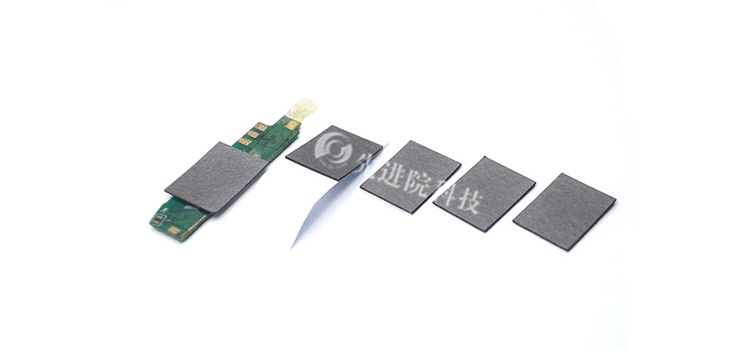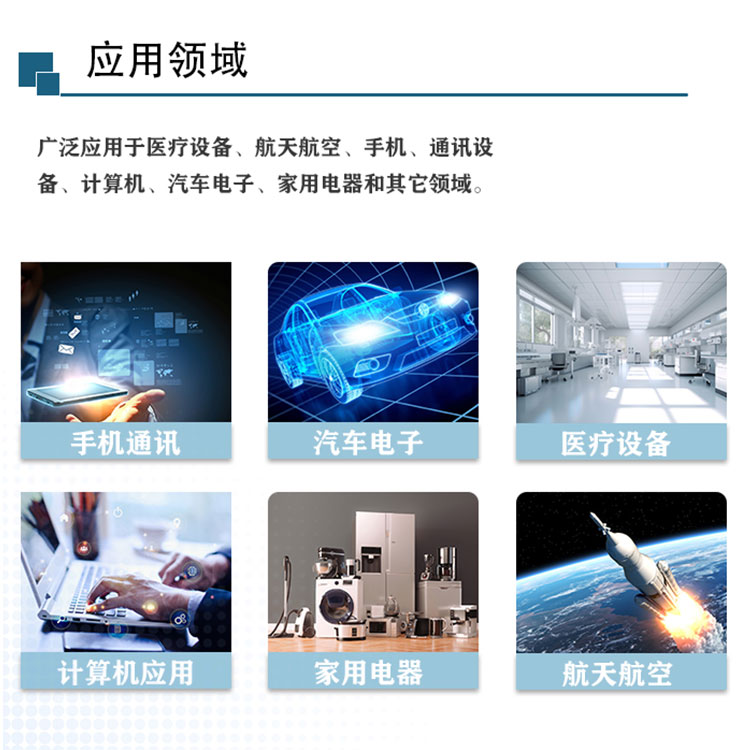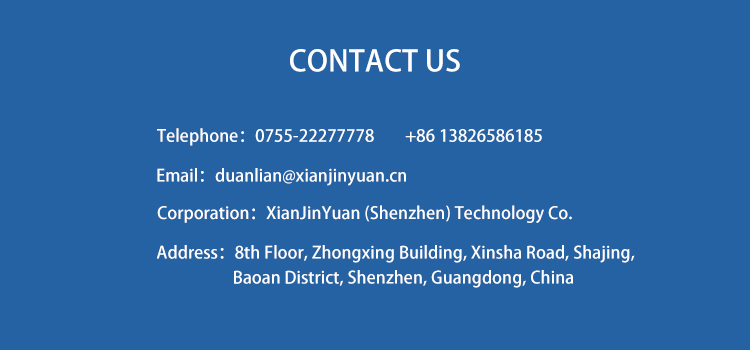Lightweight low-frequency absorbing material is a material specifically designed to effectively absorb electromagnetic waves in the low-frequency range, while also possessing lightweight characteristics. This type of material has broad application prospects in fields such as aerospace, defense, automotive, and consumer electronics.
Main characteristics
- Lightweight: This is one of the most significant characteristics of this type of material, which reduces the weight of the material through optimized design, making it easy to install and use on various devices.
- Low frequency absorption: Materials can effectively absorb electromagnetic waves in the low frequency range (such as 0.8 GHz to 6 GHz), reducing electromagnetic interference and reflection.
- Corrosion resistance: Some lightweight low-frequency absorbing materials have good corrosion resistance and can work stably in harsh environmental conditions for a long time.
- Enduring extreme conditions: Designed to withstand extreme conditions such as fuel, humidity, salt spray, etc., suitable for complex environments such as aerospace.
- Adjustable operating frequency: There are two designs: single band and multi band, which can adjust the operating frequency according to specific application needs and improve flexibility.
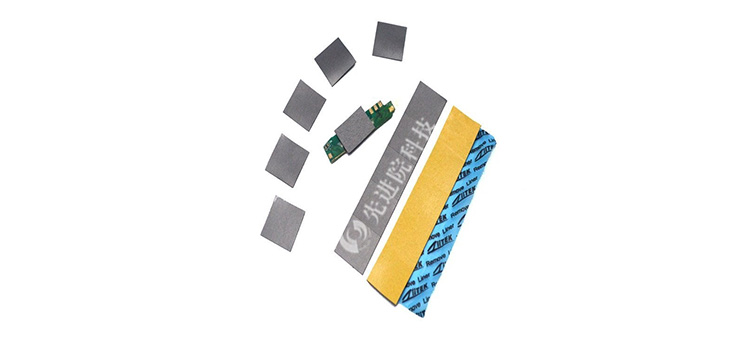
Material type and composition
The specific composition and types of lightweight low-frequency absorbing materials may vary depending on the manufacturer and application requirements, but typically include the following main components or types:
- Ferrite based materials: Utilizing the high magnetic permeability and dielectric properties of ferrite, they absorb electromagnetic waves through magnetic and dielectric loss mechanisms.
- Conductive polymer based material: composed of conductive polymer and absorbing filler, it has the characteristics of lightweight, flexibility, and good processability.
- Nanocomposite materials: Utilizing the special physical and chemical properties of nanomaterials to improve the absorption rate and bandwidth of absorbing materials.
In addition, depending on specific application requirements, the material may also contain other additives or modifiers to further enhance its performance.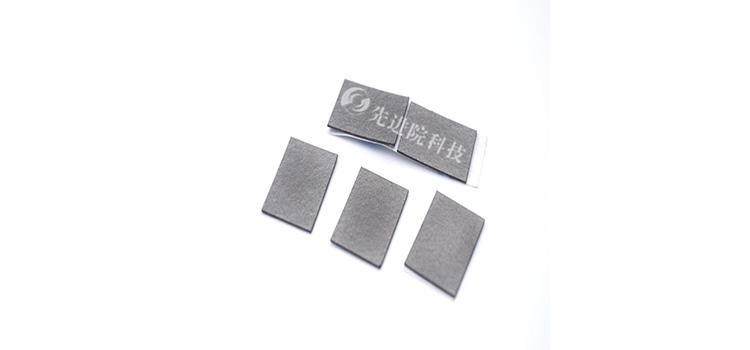
application area
Lightweight low-frequency absorbing materials have a wide range of applications in multiple fields:
- Aerospace: Used to reduce the radar cross section of aircraft, missiles, and other vehicles, reducing their likelihood of being detected and tracked. Meanwhile, the application of absorbing materials in satellite communication systems can avoid interference between communication lines and improve communication quality.
- National Defense: Applying absorbing materials to military equipment and facilities can effectively weaken their own characteristic signals, reduce the reflection of external electromagnetic waves, light waves, and infrared rays, and improve stealth performance.
- Automobiles: The use of absorbing materials in automotive electronic systems can reduce electromagnetic interference, improve system stability and reliability.
- Consumer electronics: The use of absorbing materials inside consumer electronics products such as laptops and mobile phones can reduce the impact of electromagnetic radiation on the human body and improve the electromagnetic compatibility of the products.
